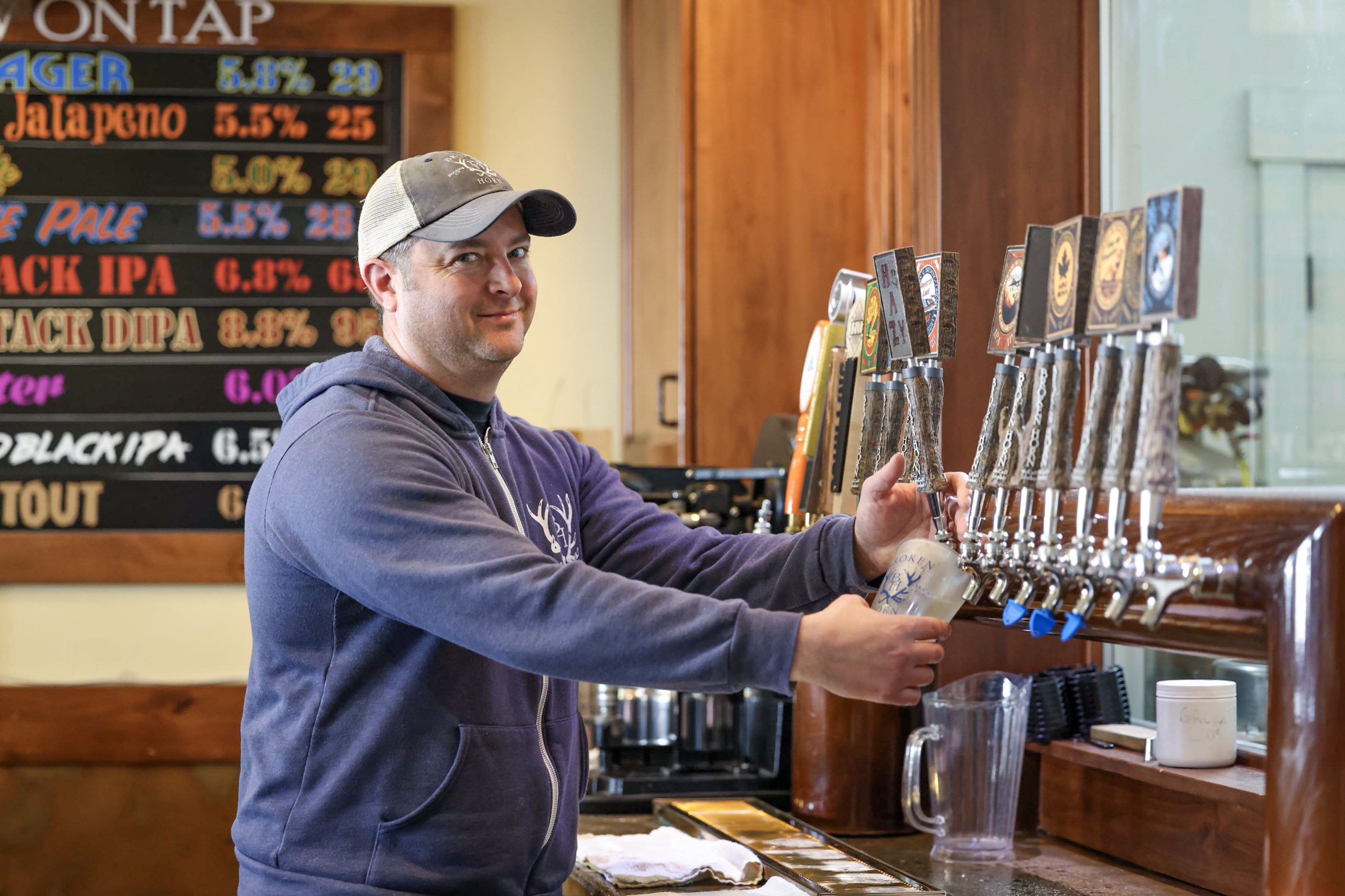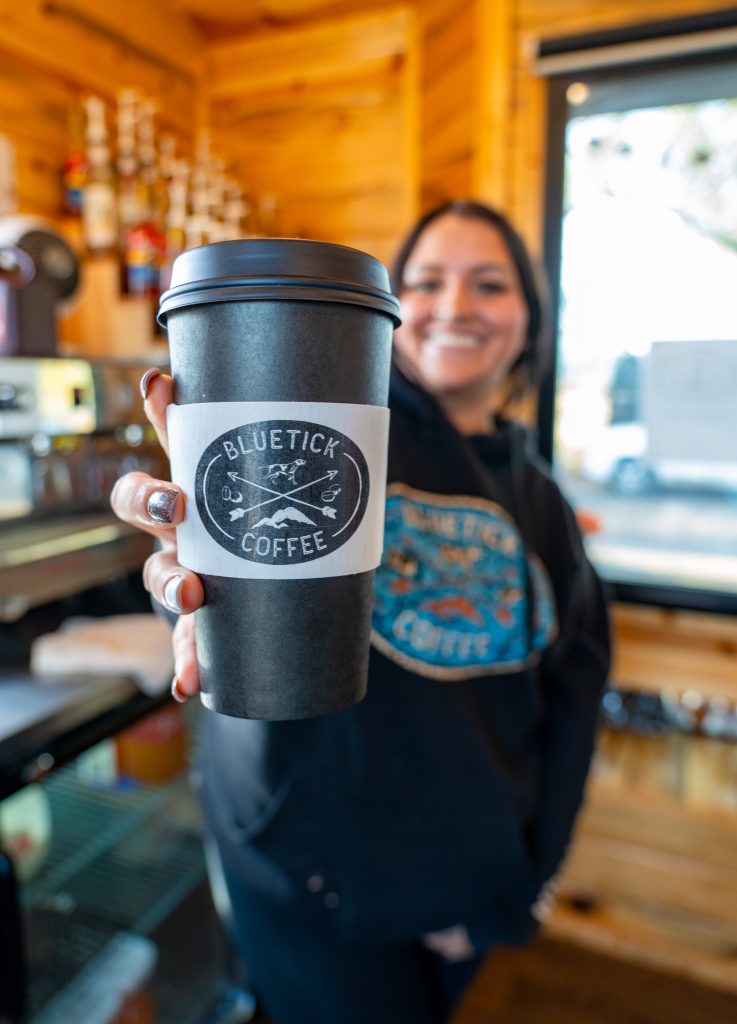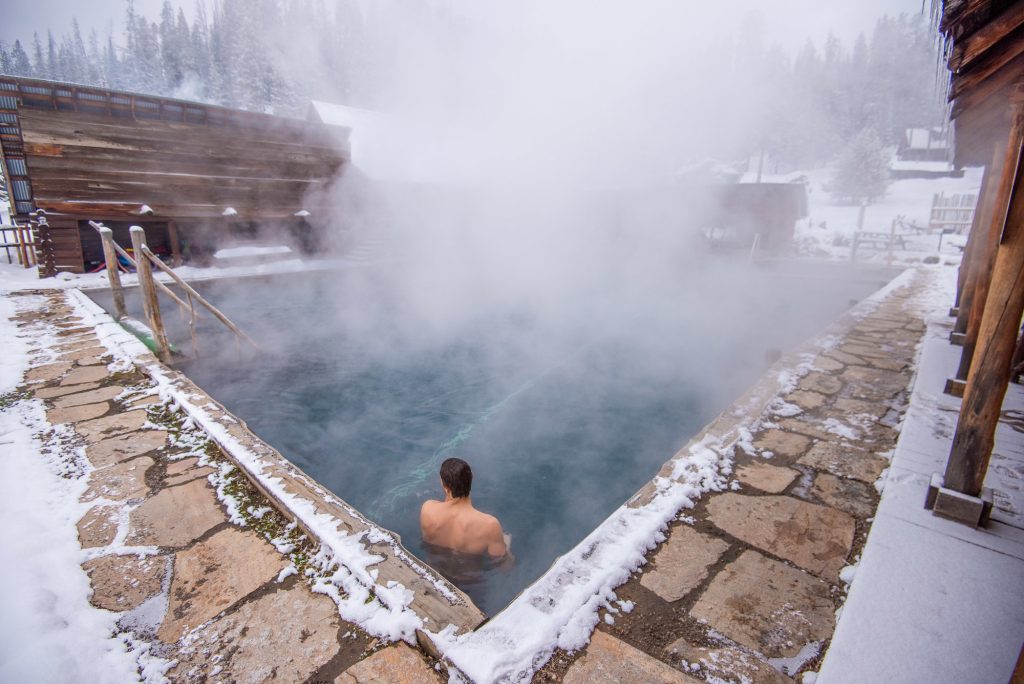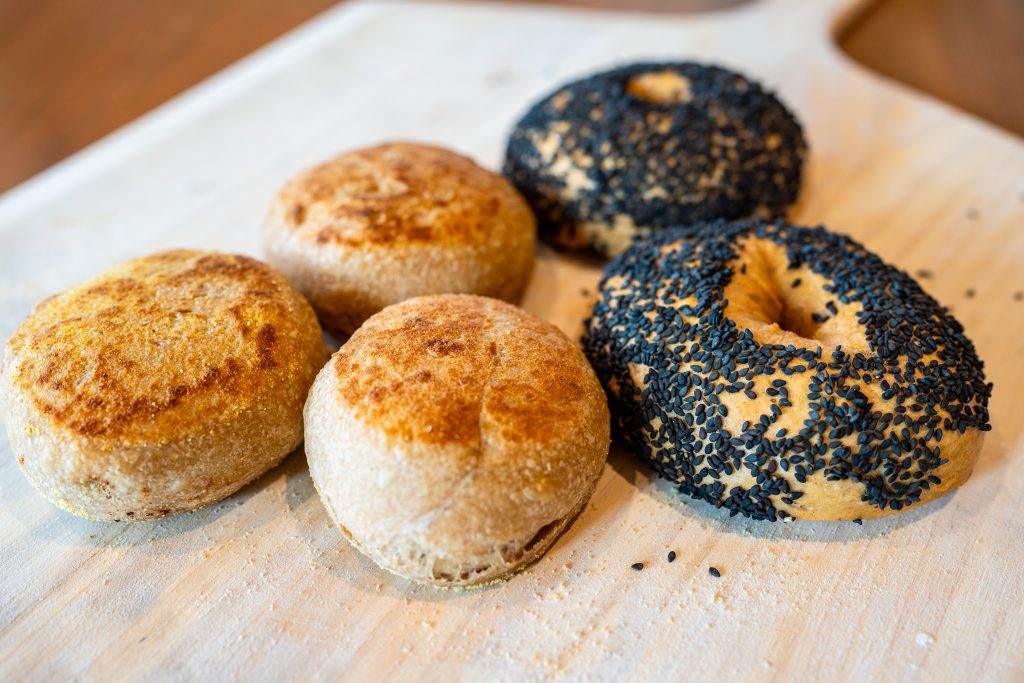Meet the local brewers merging art and science
It has been said that we are either left-brained or right-brained. That either our logical, mathematical, linear thinking left brain is dominant or our artful, intuitive, imaginative right brain is dominant. But recent studies have started to debunk the idea that we can be only one or the other. We know the two sides of our brain work differently, but that doesn’t mean they don’t work together. And nowhere is this merging of right brain and left brain more evident than on the floor of a brewhouse.
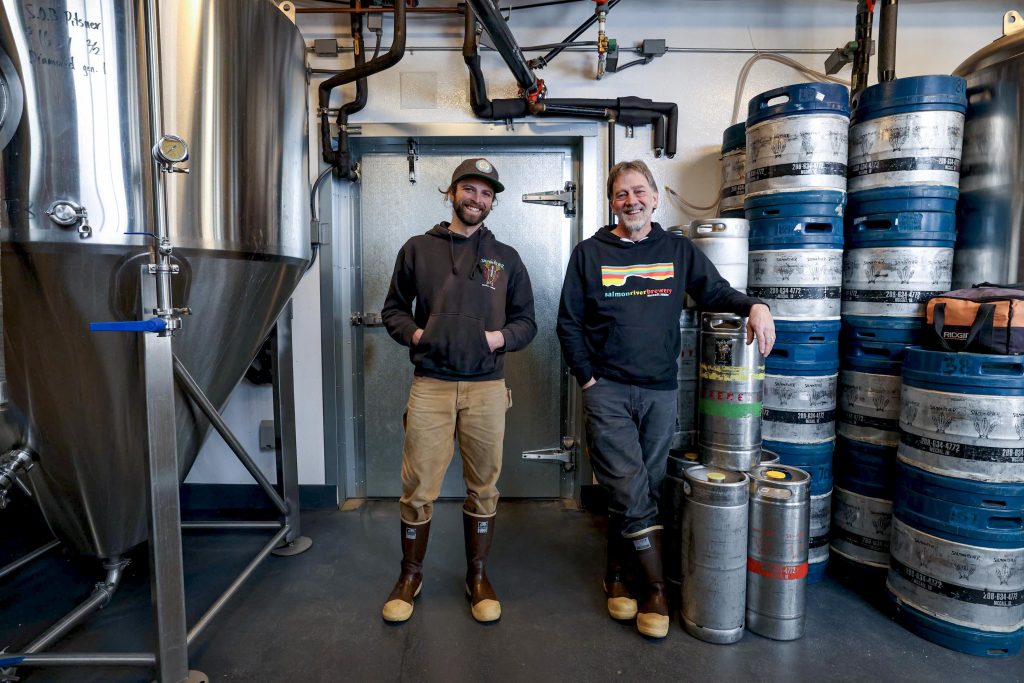
Brewers Thom Tash and Joe Sullivan at Salmon River Brewery and Kalen Dodge at Broken Horn Brewing in McCall are leading the charge when it comes to using some artful alchemy to brew an ever-growing selection of amazing craft beer.
But they all got their start outside of the brewing industry.
Tash had a completely different career in mechanical design and drafting. He says it wasn’t very inspirational and he burned out – that is when he and his wife made the move to McCall where he was hired at McCall Brewing Company. From there, he moved to Kona Brewing and 10 Barrel Brewing before coming back to McCall when a brewmaster position became available at Salmon River Brewery. “It is crazy to think that I have been professionally brewing for 25 years,” says Tash. “30 if you count homebrewing – and McCall is where I brewed my very first batch at home.”
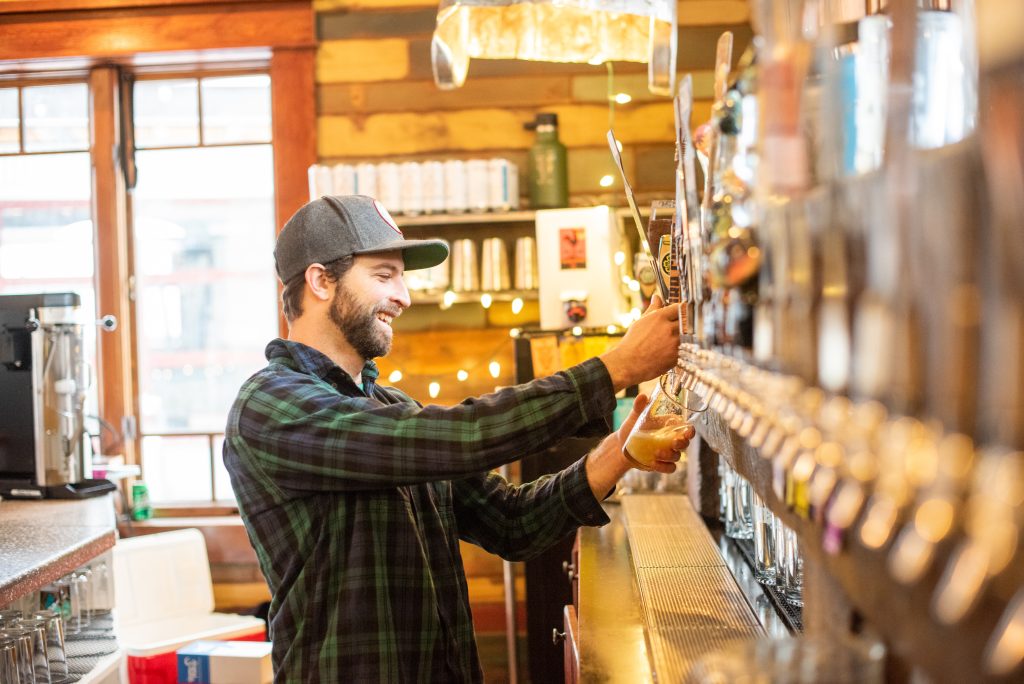
Similar to Tash, Dodge had a regular 9-5 job but was an avid homebrewer. “Broken Horn Brewing was basically born in my garage,” he says. “I started brewing beer and sharing it with my friends and began to realize we had something pretty decent.” This August, Broken Horn will be celebrating its 10th anniversary.
Sullivan came to the local brewing scene in a bit of a different way. “It was a stroke of absolute luck finding Joe,” says Tash. With no experience brewing, he answered an employment ad and the rest, as they say, is history. For Sullivan, the combination of skills it takes to brew is extremely appealing. “Brewing on this scale is really physical,” he says. “But it is also really cerebral.” He says when he got the job he dove right in and read every book on brewing he could find – and continues to do so today. “The industry is constantly evolving and there are so many different things to learn,” he says. “Before brewing I was in the microbiology field. Brewing is essentially microbiology with sugar and yeast and phosphorus.” So, for Sullivan, it was a natural fit.
But with a seemingly endless world of new beer options, how do these brewers conceptualize, create, test, and ultimately elevate a new craft beer to the tap?
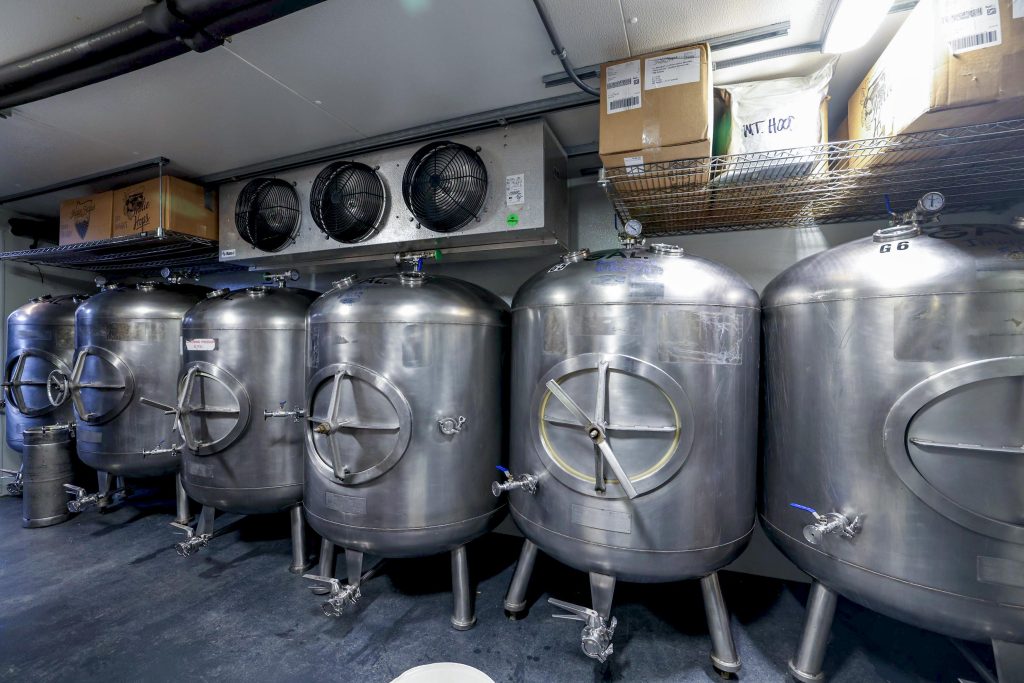
How Beer Is Made
To have a true appreciation for the art of beer making, you first need to understand the science behind it. “There are no brewing secrets,” says Tash. While there are variations, the basic brewing process (the science!) is universal.
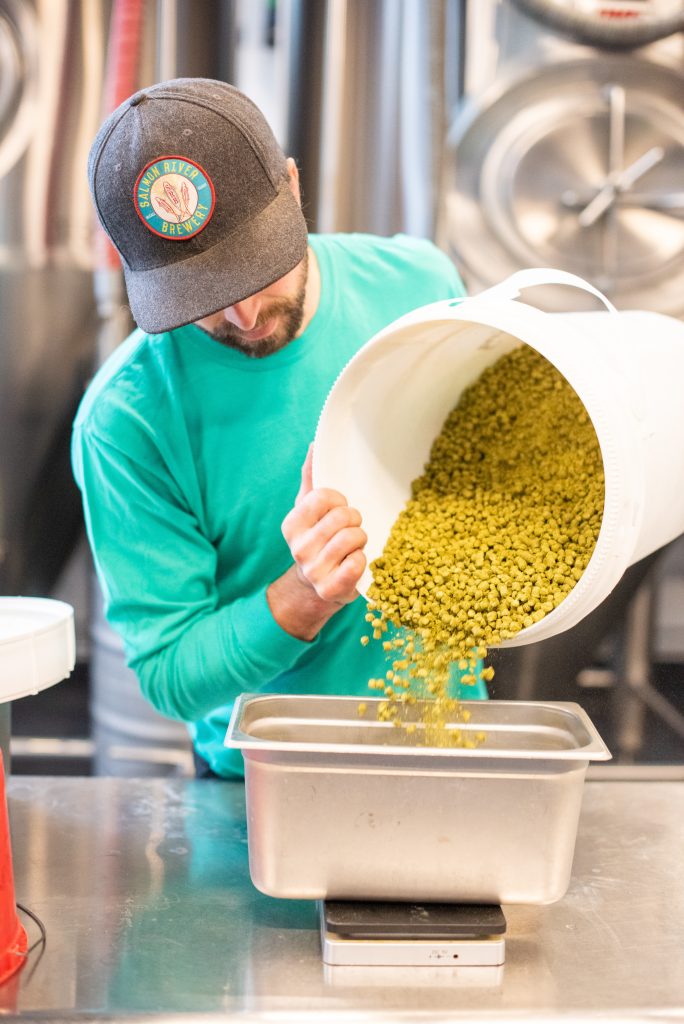
Step 1: Malt
This is the base of every beer recipe. Malt, or malted barley, is barley that has been harvested under very precise conditions, then allowed to sprout. Once the kernels of barley start to sprout, they are dried out and heated. Through this germination process, certain starches and enzymes are created. And that mix of starches and enzymes fuel the magic of brewing.
Each batch typically starts with a base malt that makes up anywhere from 70 to 90 percent of the total malt in the recipe. Then specialty malts are added in that determine the color, flavor, and aroma. The darker the malt, the darker the finished beer.
Step 2: Mash
To get to the good stuff, those starches and enzymes, the malt is milled and then mixed with hot water. With the right ratio of milled grain to hot water, brewers create an enzymatic reaction that changes the starch to sugar. All within 35 minutes to an hour. Before moving out of this stage, the mash is recirculated and the grain settles to the bottom, acting as a filter before the liquid is pumped to the boil kettle.
Step 3: Boil
The boil kettle is where the action is. At this stage, the “beer” is rinsed as it is flushed from the mash tank to the boil kettle to get the desired ratio of sugar. The more sugar, the more alcohol potential. Once in the kettle, everything is brought to a full boil and the hops are added. The earlier the hops go in, the more bitterness. The later the hops go in, the more aroma.
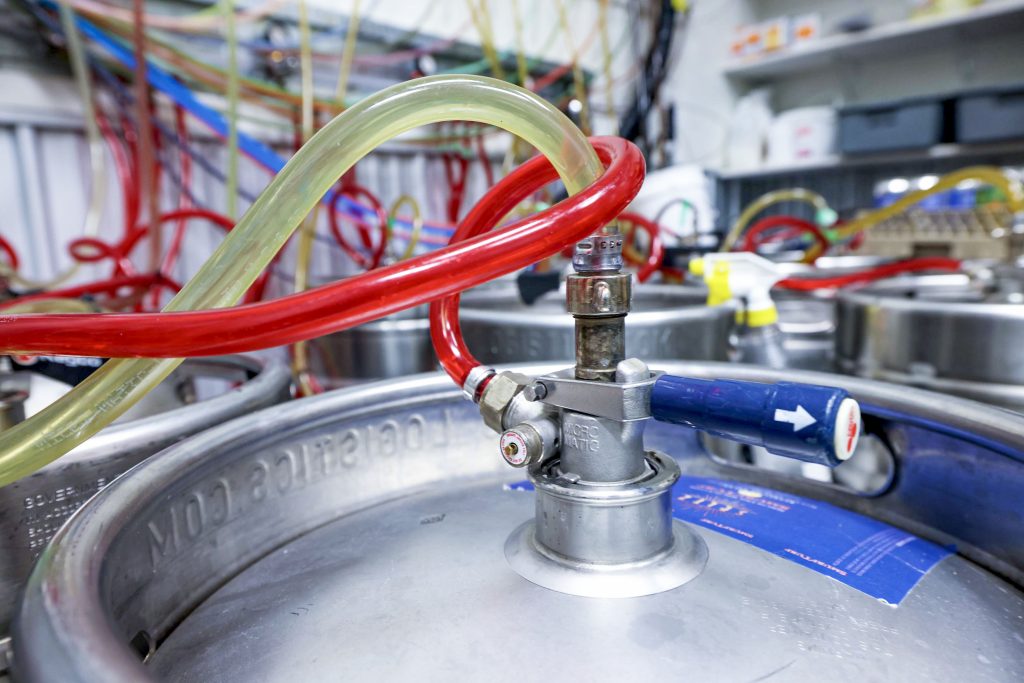
Step 4: Ferment
At this point, our “beer” is called wort, essentially hot barley sugar water. It comes out of the boil kettle at about 190 degrees and sent through a heat exchanger to drop the temperature to between 65 and 68 degrees before it lands in a fermentation tank. The temperature of the wort is important because this is where the yeast is added. Yeast is a living organism that has a very narrow comfort zone in which it can flourish. Once the yeast is added, the beer is allowed to sit and ferment for 10 to 14 days.
In this phase, the first three or four days after the yeast is added are very active. As the yeast eats the sugar (fermentation), they create the flavor and aroma compounds and convert some of the sugar into alcohol. Nerdy fact: when yeast eats sugar, it multiplies. Brewers are then able to collect the yeast at the end of the fermentation process and typically get out two to three times more than they put in. That yeast can then be reused, some as high as 30 or 40 or 50 generations.
Step 5: Condition
The home stretch after a beer is fermented is conditioning. This is really just a process of letting the beer further settle and naturally clarify. This is also where beer is carbonated. After about a week, the beer can be kegged. The only exceptions are a really strong beer or a lager that needs a bit of extra conditioning time.
And while the steps to brewing beer are predictable, there is always something to keep things interesting. “I actually really like the problem-solving aspect of brewing,” says Sullivan. “You really have to be able to take all of the peripheral data you are listening to, smelling, and seeing and analyze it all to make the best possible decisions.” That, he says, is where the booksmart aspects of brewing really come into play. “We are always trying to take the job further by doing a better job at making better beer.”
“To me, brewing is the perfect combination of art and science,” says Tash. If you are just an artist, you can paint yourself into a corner. If you are only analytical, you may create a flawless beer but it won’t be at all interesting. “It is the process of combining all of those elements,” he says, “of trying to take an idea and put it in a pint glass, that keeps me coming back.”
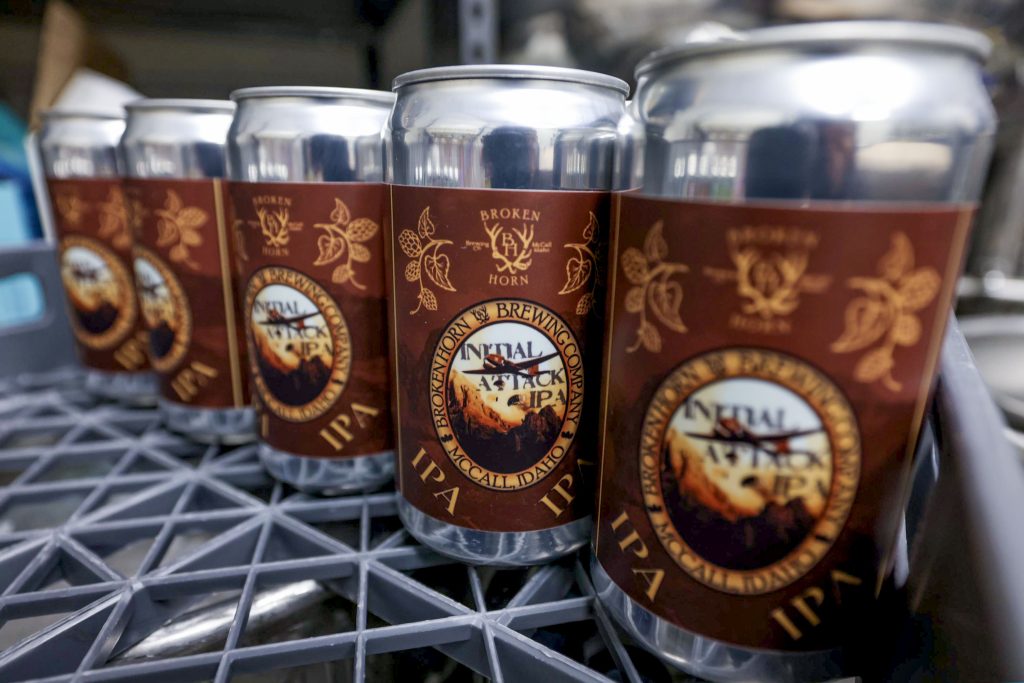
The Art of Beer
After mastering the basics of brewing, the real art begins. Each brewer has their own style, their own palette, their own favorites. And those are integrated into the beer they create. “It is amazing to work for a brewery that allows such creative freedom,” says Tash. “It gives us an opportunity to do fun and interesting things.” Which is no easy feat. “It can feel difficult to be creative these days,” says Sullivan, “but we are constantly seeking out new beers to experience and enjoy – the subtle differences make a huge impact.”
So where do the ideas come from? Tash says he first relies on the style of beer. “I am kind of a style freak,” he says. “I find a lot of value in the classic styles from around the world so when we go to try to make a new beer, my first thought is going to be about what style I want to work with.” The style parameters generally establish the alcohol level, color, hoppiness, maltiness, and yeast character. “Once those building blocks are in place, you can put your own interpretation on that style.”
Lately, Tash and Sullivan have been having fun making lagers and Belgian-style brews…and being quite successful at it. Their Salmon River Brewery Alpenglow Lager won Gold at the North American Brewers Association Beer Awards in 2022. “A lager is a challenge,” says Tash. “They are clean and well-balanced and if you do something wrong it really shows.” Which is why they love balancing that with Belgians. “Belgians are the exact opposite,” he says. “They are crazy, wonderful, and wild, with off-the-charts aromas and flavors.”
For Dodge, his passion is IPAs. “We have our flagship Initial Attack IPA,” he says, “but right now I am really loving the Hazy IPA and our White IPA.” Not only are there slight variations to the brewing process that keep things fun at Broken Horn, but the resulting beer provides a great variety for a style of beer he loves. “At the end of the day,” laughs Dodge, “I want to like the beer!” That is the best standard of testing.
“The only thing lost in becoming a professional brewer or hardcore homebrewer is that you sort of lose the ability to ‘just have a beer,’” says Tash. “We are always evaluating, always comparing, always thinking about how we could tweak it just a bit to make something different.” So, while most of us can sip a pint without giving much thought to the nuances that make it unique, we are glad brewers like Tash, Sullivan, and Dodge are there to over-analyze it all. “My wife would say I am obsessed,” says Tash. “I say I am passionate.”
And the passion is paying off. With three breweries in our small mountain community, the beer selection is nothing short of astounding. “The brewing community is really great,” says Dodge. “It doesn’t feel like a rivalry, we help each other out, share ideas.” And each brewery has its own vibe. “There is ample room for all of the breweries in our community to thrive,” says Sullivan. “Ample room to continue to create and experiment with different ideas and offerings.”
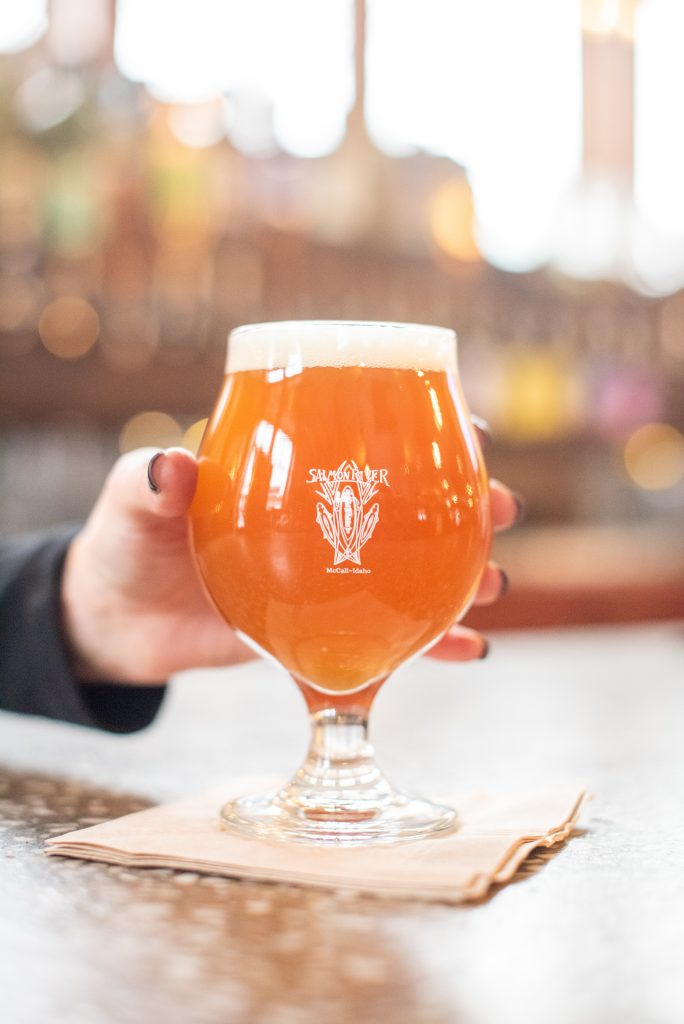
So, cheers to experimenting! Cheers to science! Cheers to artistry! As long as our brewers keep experimenting and putting out delicious selections, we are certain there will be a dedicated following of beer drinkers at the ready to enjoy their creative chemistry.

